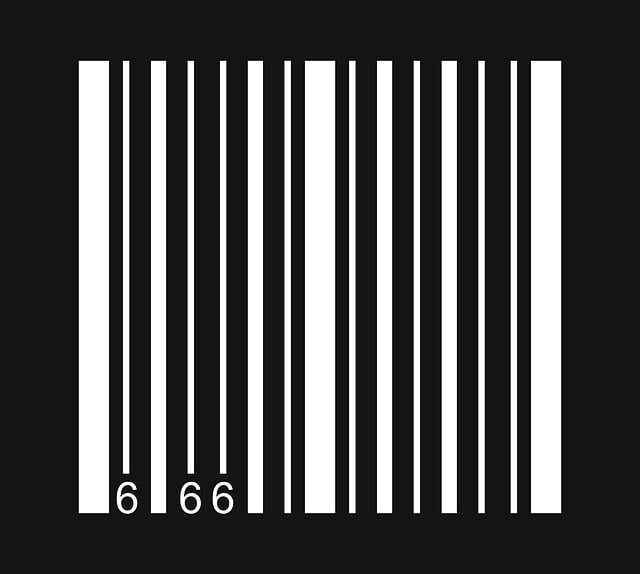Debt Restructuring For Individuals in South Africa offers specialized solutions for managing and reducing financial obligations, addressing high interest rates, extended repayment periods, or combining multiple debts. Eligible individuals facing extreme financial distress can seek relief under the National Credit Act criteria, with options including debt consolidation and debt settlement. Through strategic assessment, negotiation with creditors, and open communication, this process breaks debt cycles, prevents compounding interest, and empowers control over finances, paving the way for sustainable financial futures.
In South Africa, individual debt restructuring offers a lifeline for those burdened by overwhelming debt. This comprehensive guide explores how this process can pave the way towards a debt-free future. We delve into the intricacies of understanding debt restructuring, analyzing current trends and challenges within the South African landscape, and outlining eligibility criteria. Discover popular options available, learn the step-by-step process, and unlock long-term benefits for building sustainable financial health. Explore the transformative power of debt restructuring for individuals today.
- Understanding Individual Debt Restructuring: A Comprehensive Overview
- The South African Landscape: Current Debt Trends and Challenges
- Who Qualifies for Debt Restructuring? Eligibility Criteria
- Popular Debt Restructuring Options in South Africa
- The Step-by-Step Process of Restructuring Personal Debt
- Long-Term Benefits and Building a Sustainable Financial Future
Understanding Individual Debt Restructuring: A Comprehensive Overview

Individual debt restructuring is a financial process tailored to help South Africans manage and reduce their debt obligations. It involves renegotiating terms with creditors, often leading to lower interest rates, extended repayment periods, or a combination of both. This strategy allows individuals burdened by debt to create a more sustainable financial plan, ultimately aiming for a debt-free future.
Debt restructuring is not just about lowering monthly payments; it’s a comprehensive approach to gaining control over finances. By working with creditors and financial advisors, individuals can develop a structured plan that considers their unique circumstances. This may include consolidating multiple debts into one manageable loan or negotiating more favorable terms with existing lenders. A well-executed debt restructuring strategy empowers South Africans to break free from the cycle of debt and secure a financially stable tomorrow.
The South African Landscape: Current Debt Trends and Challenges

In South Africa, the landscape of individual debt is a complex and growing concern. With a high unemployment rate and rising cost of living, many citizens are struggling to manage their financial obligations. According to recent statistics, a significant portion of the population is burdened by debt, with credit card debt and personal loans being the most prevalent forms. This trend has led to increased stress and anxiety among individuals, impacting their overall well-being and financial stability.
The challenges faced by South Africans in managing their debts are multifaceted. Excessive borrowing, lack of financial literacy, and unpredictable economic conditions have contributed to a vicious cycle of debt. Many individuals find themselves caught in a web of high-interest rates, missed payments, and collection agency pressures. Debt restructuring for individuals becomes crucial in cutting through this intricate web, offering a path towards financial freedom and a brighter future.
Who Qualifies for Debt Restructuring? Eligibility Criteria

In South Africa, individuals struggling with debt have a chance to gain financial relief through Debt Restructuring For Individuals. To qualify, one must meet specific criteria set by the National Credit Act. Primarily, individuals need to be in extreme financial distress, defined as having debts that are unaffordable and unable to be repaid. This includes cases where debt payments consume more than 30% of monthly income or where a person has multiple creditors with outstanding balances.
Eligibility also considers the type of debt and its origin. Unsecured debts like credit cards, personal loans, and overdrafts are generally eligible for restructuring. However, certain debts, such as those tied to property or business ventures, may not qualify. Additionally, individuals must be open to cooperating with creditors and participating in the debt restructuring process to ensure a successful outcome.
Popular Debt Restructuring Options in South Africa

In South Africa, individuals facing overwhelming debt have several restructuring options available to them. One popular approach is debt consolidation, where multiple debts are combined into a single loan with a lower interest rate and more manageable repayment terms. This strategy simplifies payments and can significantly reduce overall interest expenses.
Another common method is debt settlement, which involves negotiating with creditors to forgive a portion of the debt. This often requires individuals to make a lump-sum payment or adhere to a structured repayment plan over a shorter period. While it may not be suitable for everyone, successful debt settlement can lead to substantial savings and faster debt elimination compared to traditional restructuring methods.
The Step-by-Step Process of Restructuring Personal Debt

Debt restructuring for individuals in South Africa involves a structured approach to manage and reduce outstanding debt. The process typically begins with an assessment of the individual’s financial situation, including all income sources and existing debts. This step is crucial as it helps determine the feasibility of restructuring and identifies areas where adjustments can be made.
Once assessed, the next phase involves negotiating with creditors or lenders to restructure the debt. This might include agreements on lower interest rates, extended repayment periods, or even a debt consolidation plan that combines multiple debts into one manageable payment. It’s essential to communicate openly with creditors as they play a vital role in the success of the restructuring process. Effective negotiations can significantly ease the financial burden and pave the way for a debt-free future.
Long-Term Benefits and Building a Sustainable Financial Future

Debt restructuring for individuals in South Africa offers long-term benefits that extend far beyond mere financial relief. By renegotiating terms with creditors, individuals can break free from the cycle of debt and avoid the compounding interest that often accompanies overdue payments. This process empowers them to regain control over their finances, making it possible to save, invest, and plan for the future without the constant shadow of debt.
Moreover, successful debt restructuring paves the way for building a sustainable financial future. It enables individuals to budget effectively, allocate resources for essential expenses, and even set aside money for emergencies. With a debt-free outlook, they can explore opportunities like starting a business, investing in property, or pursuing further education, ultimately fostering economic growth and personal development.
Debt restructuring for individuals in South Africa presents a viable pathway towards financial freedom. By understanding the current debt landscape, qualifying for available options, and adhering to the structured process, individuals can break free from debt’s grip. This article has provided an extensive guide, highlighting various Debt Restructuring options tailored to meet the unique challenges of South Africans. Embracing these strategies allows for long-term financial stability, ensuring a brighter, debt-free future.

